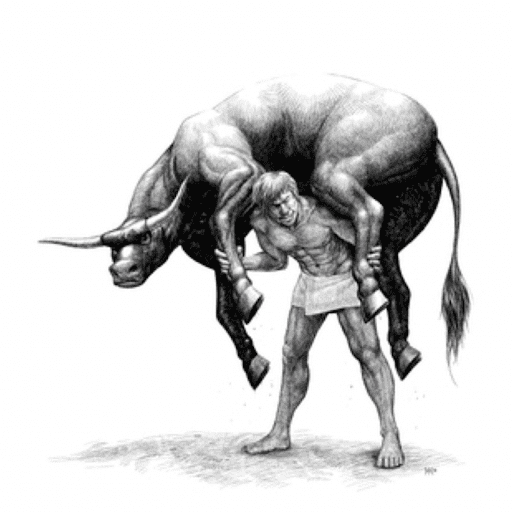
Ancient Beginnings
It may surprise you to learn that the principle of progressive overload makes an appearance in Greek history through the story of Milo of Croton. Milo was a renowned wrestler and weightlifter of his time, and it is said that the way he trained for strength was by lifting a calf everyday until it became a full grown cow. In this way, Milo figured that as the cow grew larger, if he kept lifting it, he too would grow stronger over time. While modern sports science has evolved to tell us the optimal way to utilise progressive overload, you can still observe the fundamental principles in Milo’s story.

How does progressive overload work?
As displayed by Milo of Croton, in order to obtain adaptation to muscle size, strength, and cardiovascular/aerobic/anaerobic capacity, the training stimulus must be consistently increased.Progressive overload acts on various systems of the body to improve it’s physical capacity:
Neuromuscular System
The body becomes more adept in producing neural signals from the brain to the muscles, and nerves become more adept in transmitting greater neural loads required to lift progressively heavier loads. Resistance training can lead to changes in size and shape of the nerve-muscle junctions where neural drive is transmitted into muscle action, which allows greater force exertion.
Motor Unit Activation
The motor unit is defined as 1 singular motor neuron and all of the muscle fibres that it innervates. Progressive overload through training assists the body in recruiting as many motor units as possible, including those with high activation thresholds, which is required in order to exert maximal force from a muscle group.
Cardiovascular/Metabolic system
As greater demands are placed on the body, the cardiovascular system has to become more efficient at utilising available oxygen, clearing out metabolic waste, and sustaining performance in the presence of these waste products.
Benefits of progressive overload
Activity performance/capacity increases
Given the body systems that progressive overload affects, it is clear to see how activity capacity increases over time. McNichol et al. in 2009 observed a greater significant increase in aerobic capacity, lactate threshold, and reduction in 5km time trial, in a group of relatively inexperienced runners who gradually increased the intensity of their training each session over six weeks, compared to those who trained at the same intensity for six weeks.
Injury prevention
It has been shown that a progressive build up of training loads and intensity results in a lower incidence of non-contact, training induced injuries as compared with individuals who bypass a progressive load increase and begin training at higher intensities. It is theorised that up to 60% of non-contact injuries occur due to a rapid increase in load after a period of relative inactivity.
How can you use progressive overload in your training?
1. Record your workouts
As silly as it may sound, write out your workouts. This can be done through a notes app on your phone, a spreadsheet, or a good old-fashioned log book. Too often individuals go to the gym, without any idea of how much load they are lifting which can either lead to lack of progression or non-sensible progressions, where injury risk becomes greater.
2. Make sensible and consistent progressions
To utilise the principle of progressive overload within your training involves manipulating some of the variables of training. These include; sets, reps, intensity (load or effort) & duration. An example of using progressive overload within a gym training program may look something like this:
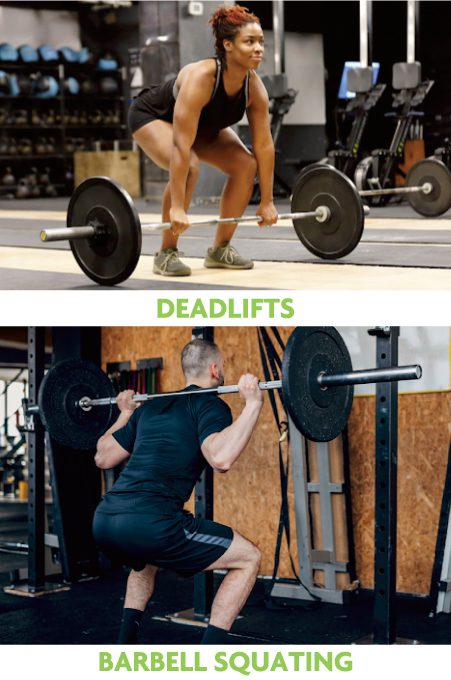
Deadlifts 3 sets 8-10 reps
Week 1: 3 sets, 8 reps, 50kg
Week 2: 3 sets, 9 reps, 50kg
Week 3: 3 sets, 10 reps, 50kg
Week 4: 3 sets, 8 reps, 55kg
An alternate approach for beginners in the gym is to pick a number of repetitions for a particular exercise, and progress the total load of that exercise by 2.5kg each time you perform this exercise each week.
Barbell Squatting – 3 sets, 8 reps
Week 1: 3 sets, 8 reps, 50kg
Week 2: 3 sets, 8 reps, 52.5kg
Week 3: 3 sets, 8 reps, 55kg
Week 4: 3 sets, 8 reps, 57.5kg
3. Rest and Recovery
Gaining increased performance through progressive overload is based on the constant tension between harder work and recovery. Planning out your training session each week to maximise recovery from hard sessions as well as prioritising intra-workout rest breaks are all crucial to ensuring that you’re gaining the most possible out of your training.
No matter what goal you are aiming to achieve, progressive overload needs to be a central principle for any training or rehabilitation program. If you are wanting more advice or guidance on any information discussed in this article, feel free to book in with one of the PEAK coaches, or discuss our Prevention Class options where one of our coaches can guide your exercise training using progressive overload.
Hudson Schafer
PEAK Sports And Spine Centre
Physiotherapy Coach
References
KRAEMER, WILLIAM J. Ph.D.; FLECK, STEVEN J. Ph.D.; EVANS, WILLIAM J. Ph.D.. Strength and Power Training: Physiological Mechanisms of Adaptation. Exercise and Sport Sciences Reviews 24(1):p 363-398, January 1996.
McNicol, A. J., O’Brien, B. J., Paton, C. D., & Knez, W. L. (2009). The effects of increased absolute training intensity on adaptations to endurance exercise training. Journal of Science and Medicine in Sport, 12(4), 485–489. https://doi.org/10.1016/j.jsams.2008.03.001
Milo of Croton | Biography, Wrestling, & Facts. (n.d.). Encyclopedia Britannica. https://www.britannica.com/biography/Milo-of-Croton
Nyhus Hagum C, Tønnessen E, Hisdal J, Shalfawi SAI. The effect of progressive and individualised sport-specific training on the prevalence of injury in football and handball student athletes: a randomised controlled trial. Front Sports Act Living. 2023 Jun 6;5:1106404. doi: 10.3389/fspor.2023.1106404. PMID: 37346384; PMCID: PMC10279870.
Let's get started — How can we help?
Physiotherapy
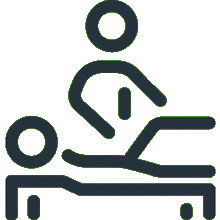
Chiropractic
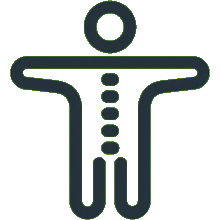
Podiatry
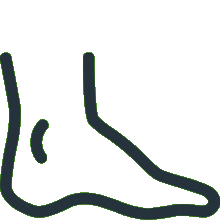
Massage Therapy

Women's Health Physiotherapy

Running Program Tailored To Your Goals
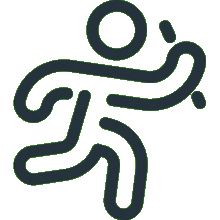
Joint Mobilisation
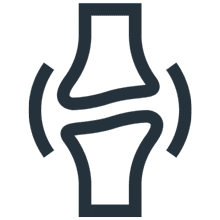
Active Release Technique

Exercise Prescription
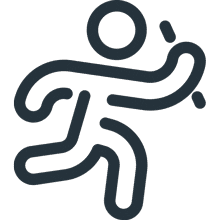
Real Time Ultrasound Imaging

Spinal Manipulation
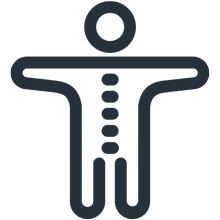
Functional Movement Screen
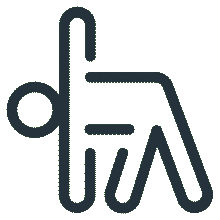
Knee Pain Treatment

Hamstring Strain Treatment
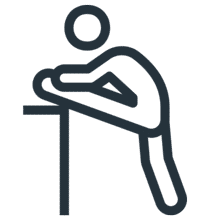
Hip Pain Treatment

Upper, Middle & Lower Back Pain

Neck Pain Treatment

Shoulder Pain & Rotator Cuff Tear

Can't find what you're after?
View all ServicesOr email the PEAK team at info@peakssc.com.au
Hawthorne
- Phone: (07) 3399 3318
- Fax: (07) 3319 6577
Address
5/171 Riding Road,Hawthorne, QLD, 4171 Get Directions
Opening Hours -
6 days per week
- Monday - Friday: 7:00 am - 8:00 pm
- Saturday: 7:00 am - 1:00 pm
To make a booking outside of business hours, please use our form by clicking here.
New Farm
- Phone: (07) 3399 4668
- Fax: (07) 3319 6577
Address
1/15 Lamington Street,New Farm, QLD, 4005 Get Directions
Opening Hours -
6 days per week
- Monday: 7:00 am - 8:00 pm
- Tuesday: 7:00 am - 8:00 pm
- Wednesday: 9:00 am - 8:00 pm
- Thursday: 10:00 am - 8:00 pm
- Friday: 7:00 am - 3:00 pm
- Saturday: 7:00 am - 3:00 pm
To make a booking outside of business hours, please use our form by clicking here.
